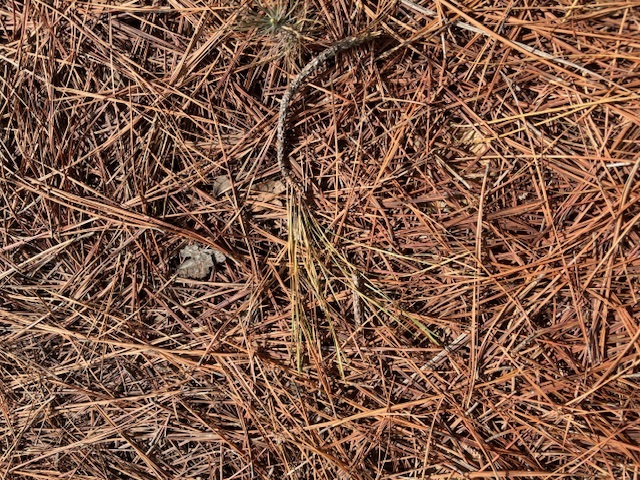February 11, 2024 – There are two uses for the pine needles in your garden. For the first, pine needles make an excellent mulch for your vegetables. They don’t press on the soil and let plenty of air through them. They don’t affect soil pH, because they are above ground. It’s that simple. On the other hand, should we allow needles to be used in compost? It’s an interesting question, and the answer, after studying, is easier than you think.
The question regarding usage in compost revolves around aging. If you’ve ever spent time in a pine forest, there usually isn’t much undergrowth. Pine trees enjoy acidic soil, and the ground is covered with pine needles. Ergo, the ground is acidic because it’s covered with acidic needles, thus preventing other plants from growing. Logically, this may be sound reasoning, but in fact, there’s more to it. Combined with lack of good sunlight, the primary reason for so few other plants in a pine forest is because the ground is covered with solid pine needle mulch, preventing other plants from getting started.
So, a 2-4” covering of pine needles as mulch is good, if not great! They improve moisture retention in your soil, control weeds, moderate soil temperature, help control weeds, and break down slowly. But what about pine needles in compost. The answer is both yes and no. If you use more than 20% of your compost components, the acidity can be a problem. So, you limit pine needles to a compost component.
As needles break down, they lose some acidity and approach neutral pH, but the waxy needle coating slows decomposition. To help remove this coating, wait until needles are dry before gathering, or shred them with a lawnmower. So, pine needles as a compost component are great. Just don’t overdo that component.







